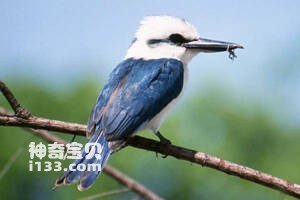
Todirhamphus tuta
Todirhamphus tuta,Chattering kingfisher
The Bora emerald is known as Todirhamphus tuta, Chattering kingfisher, and h···
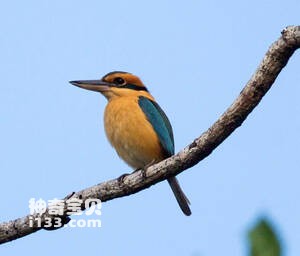
Todirhamphus australasia
Todirhamphus australasia,Halcyon australasia,australasia,Timor Kingfisher
Todirhamphus australasia, Halcyon australasia, australasia, Timor Kingfisher···
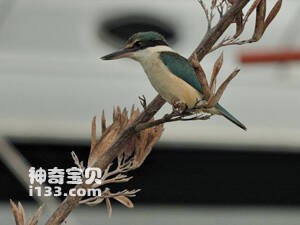
Todirhamphus recurvirostris
Todirhamphus recurvirostris,Flat-billed Kingfisher
Todirhamphus recurvirostris, Flat-billed Kingfisher, has 5 subspecies (1.Tod···
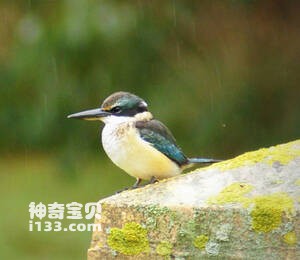
Todirhamphus sanctus
Todirhamphus sanctus,Sacred Kingfisher,Halcyon sancta
Todirhamphus sanctus, Sacred Kingfisher, Halcyon sancta, There are five subs···
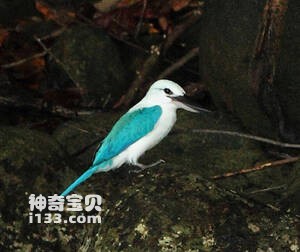
Todirhamphus saurophaga
Todirhamphus saurophaga,White-headed Kingfisher
Todirhamphus saurophaga, White-headed Kingfisher, Todirhamphus saurophaga sa···
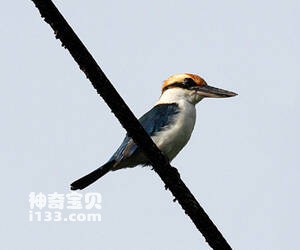
Todiramphus reichenbachii
Todiramphus reichenbachii,Pohnpei kingfisher
Pohnpei jade scientific name Todiramphus reichenbachii, foreign name Pohnpei···
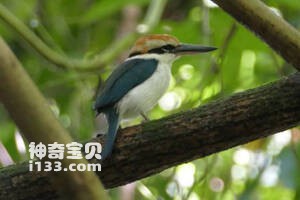
Todiramphus pelewensis
Todiramphus pelewensis,Palau kingfisher,Rusty-capped kingfisher
Palau jade scientific name Todiramphus pelewensis, foreign names Palau kingf···
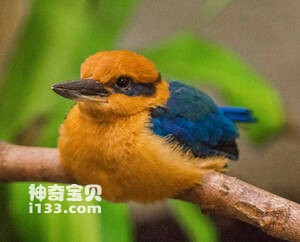
Todirhamphus cinnamominus
Todirhamphus cinnamominus,Guam kingfisher
The scientific name Todirhamphus cinnamominus, Guam kingfisher, there are 3 ···
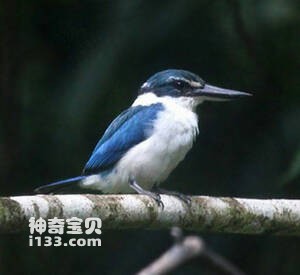
Todirhamphus enigma
Todirhamphus enigma,Halcyon enigma,Obscure Kingfisher,Talaud Kingfisher
The dark emerald scientific name Todirhamphus enigma, Halcyon enigma, foreig···
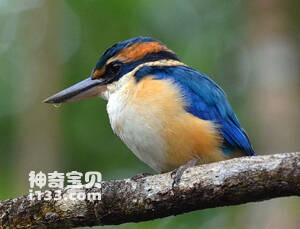
Todiramphus sacer
Todiramphus sacer,Pacific Kingfisher
The South Pacific emerald is known as Todiramphus sacer and Pacific Kingfish···
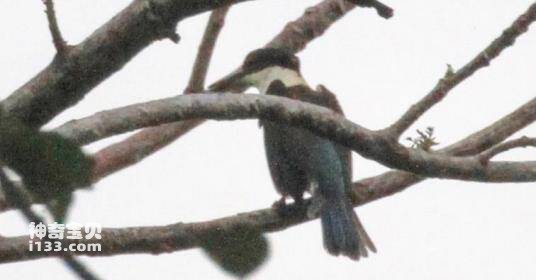
Todiramphus colonus
Todiramphus colonus,Islet Kingfisher
It is known as Todiramphus colonus and Islet Kingfisher, but its habitat is ···
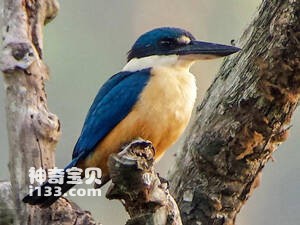
Todiramphus tristrami
Todiramphus tristrami,Melanesian Kingfisher
Melanesian jade is known as Todiramphus tristrami and Melanesian Kingfisher.···
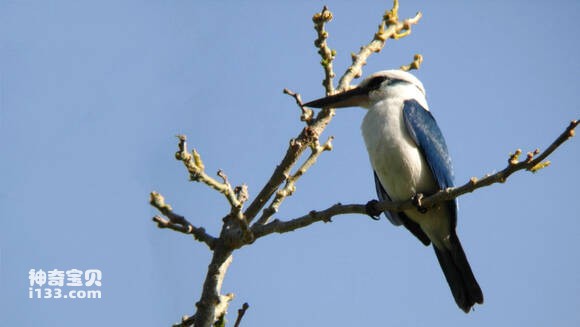
Todiramphus albicilla
Todiramphus albicilla,Mariana Kingfisher
The Mariana emerald is known as Todiramphus albicilla and Mariana Kingfisher···
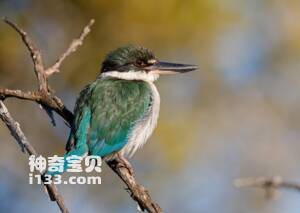
Todirhamphus sordidus
Todirhamphus sordidus,Torresian kingfisher
Todirhamphus sordidus, Torresian kingfisher, is not known.Protect wild anima···
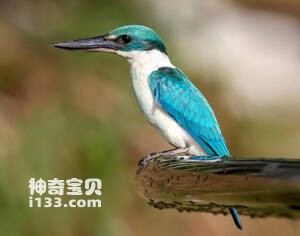
Todirhamphus chloris
Todirhamphus chloris,Halcyon chloris chloris,Collared Kingfisher
The white collar emerald is known as Todirhamphus chloris, Halcyon chloris c···
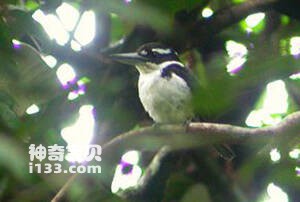
Todirhamphus funebris
Todirhamphus funebris,Halcyon funebris,Sombre kingfisher
Light black jade scientific name Todirhamphus funebris, Halcyon funebris, fo···
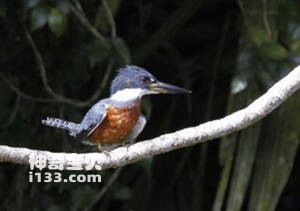
Todirhamphus farquhari
Todirhamphus farquhari,Chestnut-bellied kingfisher,Vanuatu kingfisher
The Vanuatu emerald, known as Todirhamphus farquhari, Chestnut-bellied kingf···
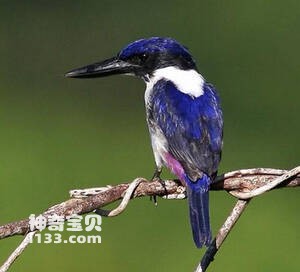
Todirhamphus leucopygius
Todirhamphus leucopygius,Ultramarine Kingfisher
Ultramarine Kingfisher, Todirhamphus leucopygius, is a single species with n···
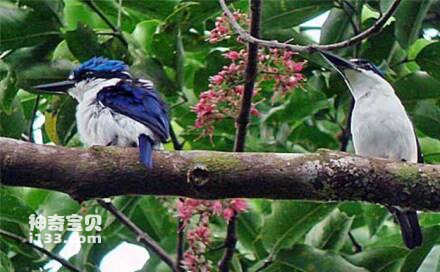
Todirhamphus albonotatus
Todirhamphus albonotatus,Halcyon albonotata,White-backed Kingfisher,New Britain kingfisher
Todirhamphus albonotatus, Halcyon albonotata, White-backed Kingfisher, New B···
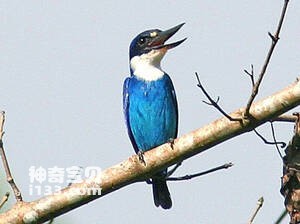
Todirhamphus lazuli
Todirhamphus lazuli,Lazuli kingfisher
The South Moluccan emerald is Todirhamphus lazuli, Lazuli kingfisher, a bird···
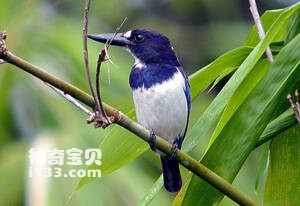
Todirhamphus diops
Todirhamphus diops,Moluccan Kingfisher
The Moluccan emerald, Todirhamphus diops, or Moluccan Kingfisher, is a speci···
